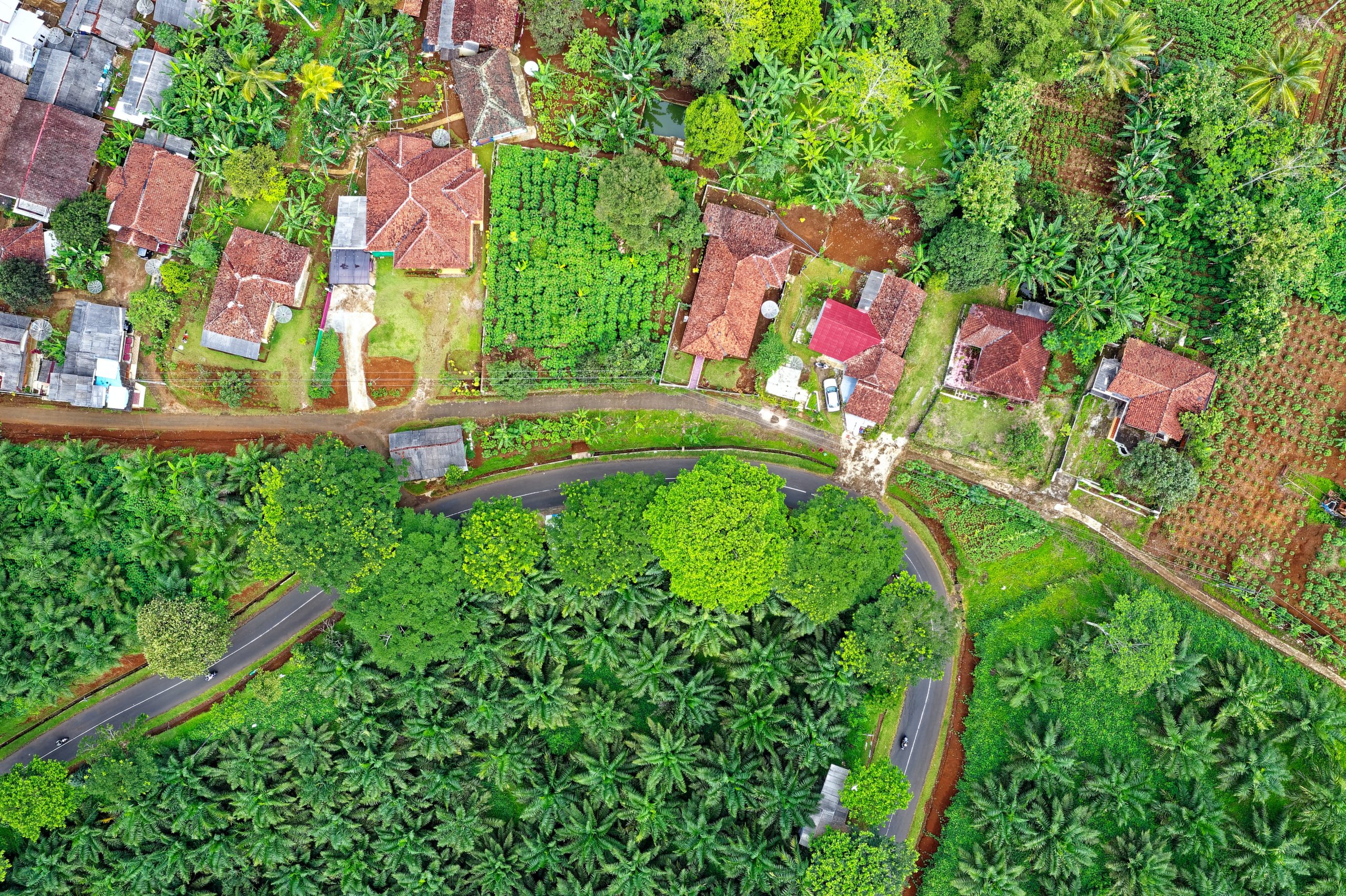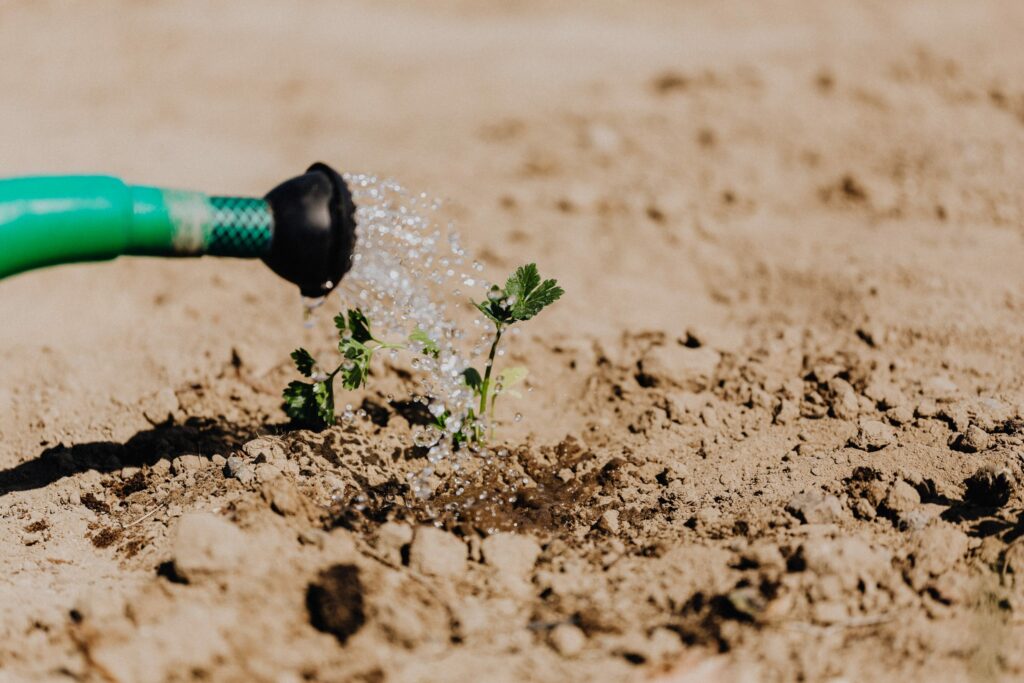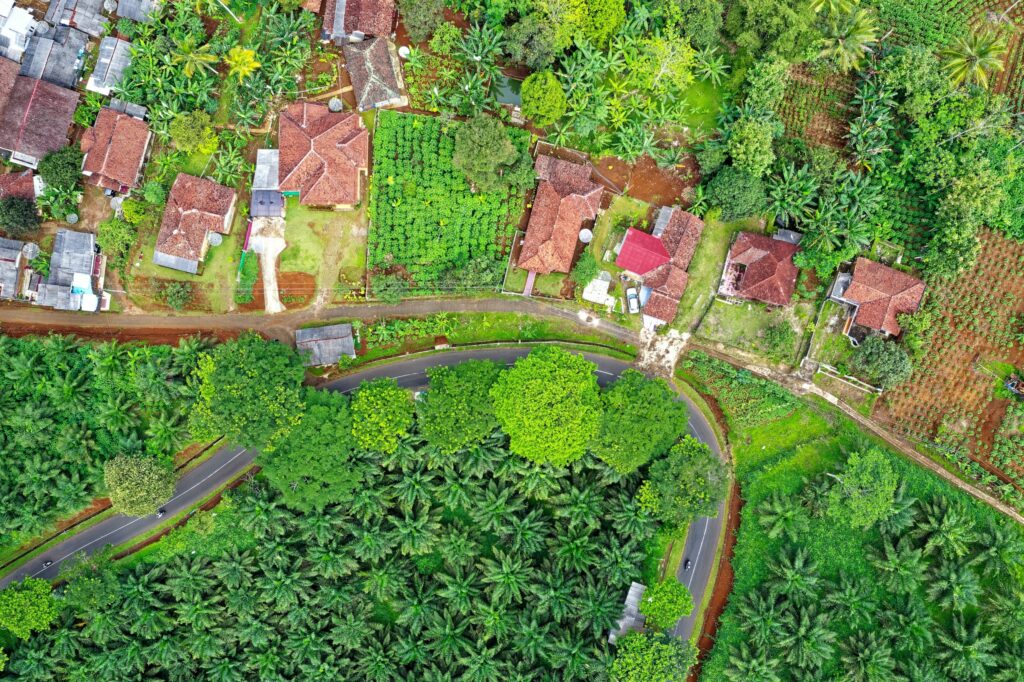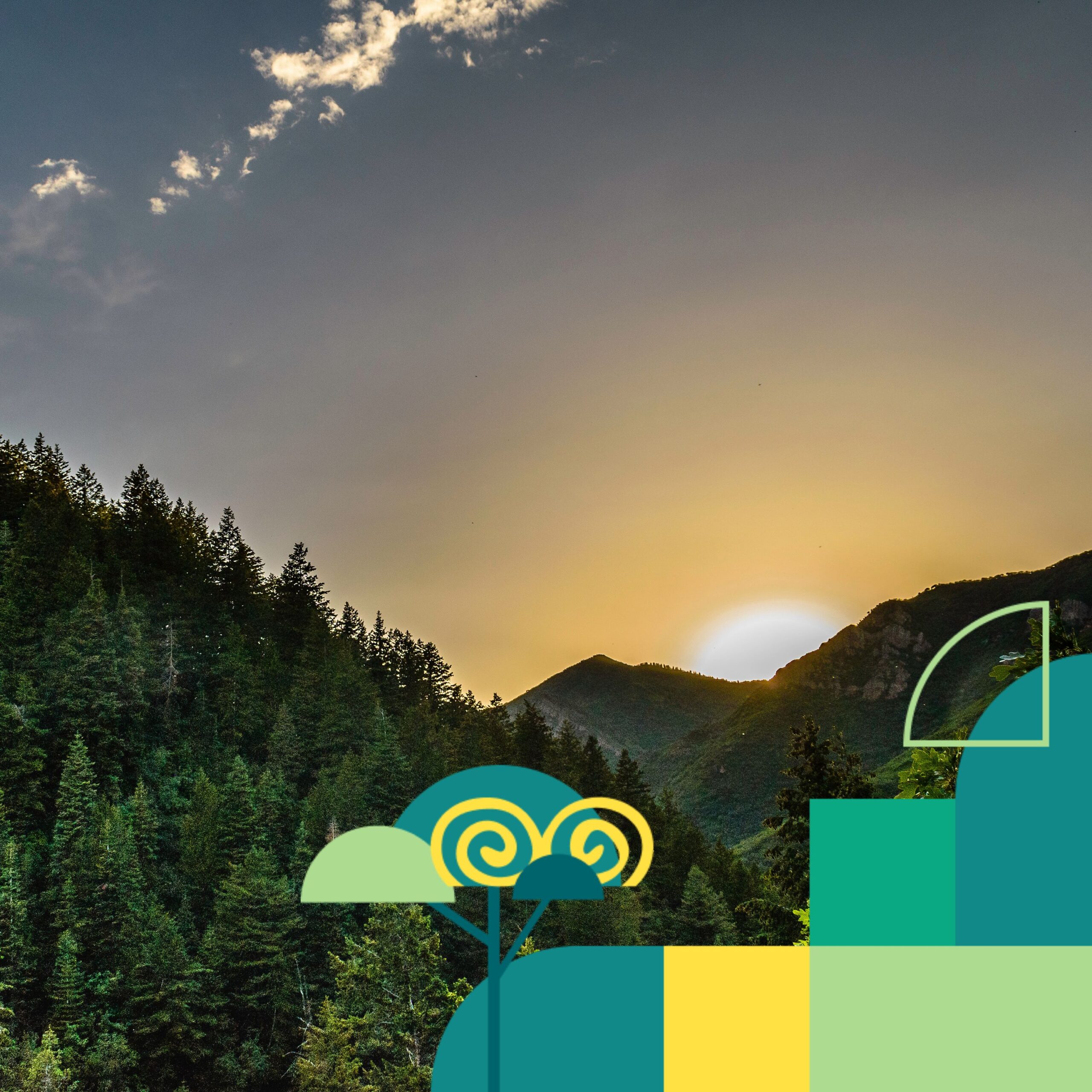10 June 2020
Local governments should enable cities to form small, sustainable communities that nourish food, water and land
As populations grow and urbanise, the demand for productive land increases. Yet existing arable land is already at risk, a risk worsened by the impacts of climate change. Two experts meet to discuss what local governments and city residents can do to reduce their impact by enabling self-sufficiency at community-level.



Paving the way towards a clean cooking transition in Uganda
To have enough productive land to meet the demands of ten billion people by 2050, lifestyles need to change. This is especially true in Africa where the land is constantly threatened by drought and desertification. According to the UN Convention to Combat Desertification, water availability, soil fertility and climate change are interrelated issues for the continent.
Dr Lapologang Magole, senior lecturer at the University of Botswana and one of the principle investigators for the Future Resilience for African Cities and Lands (FRACTAL) Project, spoke with ICLEI Africa’s Jessica Kavonic, who works with African cities on climate change and urban natural assets, on this challenge. They share advice on what local governments can do to find a sustainable balance.
Small, sustainable communities
Dr Magole sees a sustainable city as “breaking up” the centralised city into smaller communities that build resilience at local level by simultaneously addressing food, water and land.
The food-water-land nexus is where the resilience of cities lies. These communities should have partial autonomy to manage these resources. They should be sustainable and self-contained, with job areas not only focused in central business district.
Dr Lapologang Magole, Senior Lecturer, University of Botswana
When you have semi-autonomous communities, you reduce another of Africa’s city planning challenges: “the desperate movement from one side of the city to the other.”
During the coronavirus pandemic, Dr Magole saw how the people of Gaborone had to continue travelling across the city during lockdown in order to buy food – a basic commodity. This not only increased their risk of infection, but serves as motivation for why smaller, more sufficient communities are more resilient against future pandemics.

Addressing water scarcity at local level
The importance of addressing water in Africa is made clear by the FRACTAL project, which brings together scientists, engineers, government representatives and other stakeholders to co-produce relevant knowledge needed to build resilience. The team works with cities to integrate this information into African city-region decision-making.
When we started the FRACTAL project, we asked nine cities to unpack their most burning issue and almost all chose water.
Jessica Kavonic, Senior Professional Officer: Climate change and urban natural assets, ICLEI Africa
It is crucial that we address water at the local level and find local innovations to provide our imagined sustainable communities with sufficient water, the supply of which can withstand future challenges.
“Water innovations need to be at the small scale. Communities need to be empowered to implement water sensitive design, going as close to the natural system as possible to harvest and harness storm water, which causes floods due to extensive paving in the urban landscape,” explains Dr Magole.
Water-sensitive urban design (WSUD) is an urban planning approach used in the Middle East and Australia that sees value in a city’s storm water, waste water and groundwater, integrating it into the city’s water supply and thereby reducing the harm it causes to rivers and other urban water sources. This additional water resource will reduce a community’s risk to drought and water insecurity and increase the entire city’s resilience. Importantly, it could feed urban agriculture.
Water feeds food
“There has been an artificial separation in Africa between the urban centre and food production. I really don’t think Africa should have gone this way,” says Dr Magole. “The urban centre consumes the majority of agricultural products!”
The coronavirus pandemic is teaching us a lot about how urban resilience looks to city residents. As soon as it hit, people in Gaborone started planting vegetables and selling them at markets. Without considering the theory of small, sustainable communities, they simply knew that it was a dependable way to guarantee their families food. “I believe this is why they have not starved,” says Dr Magole.
She wants this rejuvenation of local food production to consider conservation agriculture, a farming system that promotes minimum soil disturbance, maintenance of a permanent soil cover, and diversification of plant species. It enhances biodiversity and natural biological processes above and below the ground surface, which contribute to increased water and nutrient use efficiency and to improved and sustained crop production.
This approach does not need a lot of space, it is climate compatible, it is highly productive and it preserves soil and moisture. We should allow urban communities to do this.
Dr Lapologang Magole, Senior Lecturer, University of Botswana

The crucial role of local governments in creating sustainable communities
Local councils are the closest point of contact between government and people and they’re critical in driving more sustainable communities. Dr Magole argues they themselves “should drive these ideas by embracing an enabled system and processes that support them.”
Instead of merely servicing them, local governments must set a “deliberate design objective” to empower such sustainable nodes to become actively involved in planning the use of their land.
In our design and management of cities we should be deliberate about things. When we are deliberate we channel resources, we look for the local experts and we budget towards the desired end. It should not be crisis management
Dr Lapologang Magole, Senior Lecturer, University of Botswana
Once the system empowers people to build community-level resilience, it needs to roll out “education programmes that show the usefulness of these ideas and link them to better health and resilience against future shocks such as droughts,” says Kavonic.
In order to make tangible change, Dr Magole adds that we also need a shift in mindset whereby our communities are able to see where our resources are coming from and how much better it would be to produce more of our water, food and energy locally. “We need to make sure this is embraced by the communities themselves,” she says.



